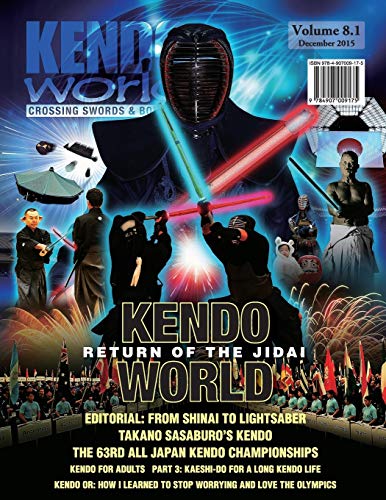
Kendo World 8.1

Editorial
By Michael Ishimatsu-Prime
In the Editorial, Michael discusses the recent ESPN documentary Evolution of the Lightsaber Duel and kendo’s relationship with the Star Wars franchise, and looks at the year past and the year ahead for Kendo World.
The 63rd All Japan Kendo Championships
By Michael Ishimatsu-Prime
A report on the 63rd All Japan Kendo Championships in which Kumamoto’s Nishimura Hidehisa was victorious in only his second championships.
The 63rd All Japan Kendo Championships in Numbers
By Yulin Zhuang
Kendo World statistician Yulin Zhuang presents details of the 63rd All Japan Kendo Championships in graph form to show such details as the age, grade, and profession of the competitors, as well as the ippon scored.
Inishie wo Kangaeru – NEW SERIES!
By Alex Bennett
A look at some of the old teachings in kendo. This issue looks at “Ichi-gan, ni-soku, san-tan, shi-riki”—First, the legs; second, the legs; third, guts; fourth, strength.
Kendo – NEW SERIES!
By Takano Sasaburō
Translated and annotated by Alex Bennett
It’s a bit difficult to know where to begin when discussing Takano Sasaburō’s contributions to kendo. He was instrumental in developing the dan grading system for kendo, and was also a key member in the committee that created the Nihon Kendo Kata in 1912. His book simply titled Kendō was a tour de force in the creation of a uniform style for modern kendo, and is still considered a classic book by kendoka today. This series of articles will translate Takano’s book will be translated in this series of articles. The text will be annotated to contextualize its ground-breaking content.
This issue of Kendo World will feature Chapter 1 which is divided into the following sections: Kendo’s Value; Kendo and Annealing the Body and Mind; Bushido and Kendo; and The Practical Benefits of Kendo.
sWords of Wisdom
By Alex Bennett
Based on the book Kenshi no meigon by Tobe Shinjūrō
Chikushōshin wo sare – Purge oneself of the animal mind
“Many martial arts draw on the powers of animals—the fury of a lion, nimbleness of a butterfly, agility of a monkey… The characteristics of Harigaya Sekiun’s teachings were to completely forget about winning or losing the contest, and just be natural and seek a higher plain through aiuchi (mutual strike).”
Kendo for Adults Part 3: Kaeshi-dō for as Long Kendo Life
By Hatano Toshio
Translated by Alex Bennett
In this issue, Hatano-sensei explains how to strike kaeshi-dō correctly.
Reidan Jichi
By Ōya Minoru
Translated by Alex Bennett
In this edition of Reidan Jichi, Ōya-sensei examines debana-waza.
Kendo or: How I Learned to Stop Worrying and Love the Olympics
By Michael Ishimatsu-Prime
In this article, Michael looks at kendo’s inclusion in the 1964 Olympics as a demonstration event. It features some amazing archive photos and the results of the days matches.
Kendo From Basics
By Kendo Kyoshi 8-dan Hirakawa Nobuo
Translated by Michael Ishimatsu-Prime
Hirakawa Nobuo-sensei’s Kendo From Basics was originally published in 1993. It proved to be very popular and went through several printings in the original Japanese. Chinese and Korean language translations have also been made, and now, Kendo World has translated it into English and is hoping to publish it in 2016. As a preview, this edition of Kendo World features the section “Creating an opening with body movements” from the Applied Techniques chapter.
Bujutsu Jargon #8
By Bruce Flanagan
A reference guide covering various bujutsu-related terminology. This installment features “mamori-gatana”, “kyūdō”, “seigan”, “ittō-ryōdan”, “jitte”, “shinai”, and “yawara”.
The Book of Samurai: The Collected Scrolls of Natori-ryū by Antony Cummins
Review by Jeff Broderick
Natori Masazumi was a samurai tactician who served the branch of the Tokugawa clan that ruled the Kishu domain, current Wakayama
prefecture. From 1654 until his retirement in 1685, he established the Natori-ryū school of warfare or gungaku, which was taught to the samurai of the domain. He also set about collecting teachings on a great variety of military subjects with the aim of preserving this knowledge before it was lost. Englishman Antony Cummins and his translator, Yoshie Minami, have undertaken the enormous task of bringing this body of knowledge to light, and in the process, are attempting to breathe life back into the once-forgotten Natori-ryū.
Budo Finder Interview
By Michael Ishimatsu-Prime
Kendo World’s Michael Ishimatsu-Prime speaks to Djuro Stojanovic of Budo Finder, a new martial arts community website
Belabouring Each Other Fiendishly: The Early Days of Kendo and Kenjutsu in America
By Maxime Chouinard
The history of kenjutsu and kendo has been well documented in Japan, but outside of it, there has been very little research conducted. In this article, Maxime Chouinard presents some of his research conducted by surveying American newspapers at the turn of the twentieth century—the period when kendo and kenjutsu were first encountered in the United States. It is a story that goes farther than questions of sports and martial arts, but also unearths some interesting aspects of Japanese immigration and multicultural relations in America.
Dojo Files: Wakakoma Kenshikai, Brussels, Belgium
By Serge Hendrickx
An introduction to Wakakoma Kenshikai, a club focused on teaching kendo to children.
Movement and Stillness: Meiji Shrine Kobudō Demonstrations
By Jeff Broderick
A photo-essay introducing some of the kobudō arts demonstrated at Meiji Shrine on November 3, 2015.
Helmets and Stirrups: A Review of Helmets of the Saotome School and Stirrups for the Samurai
By Orikasa Teruo, Luc Taelman and Jo Answeeuw
Review by Michael Ishimatsu-Prime
Helmets of the Saotome School is a bilingual (Japanese and English) book that introduces some fine examples of helmets from the book’s titular school. Stirrups for the Samurai introduces abumi, the distinctive stirrups used by the samurai. Both books feature stunning photography.
Samurai Skills Part 1: What is Gungaku?
By Antony Cummins
This series will investigate the strategies and ways of the Natori-ryū. The Natori-ryū is a samurai school of warfare founded during Japan’s Warring States period. The Natori family originally focused on military tactics and medical aid, serving the famed warlord Takeda Shingen of Kōshū.
Hagakure and the Spirit of Zanshin
By Alex Bennett
The previous article discussed the idea of “sutemi”—literally to “discard one’s body” as the mental and physical state of total commitment in giving something one’s all, even to the extent of giving up one’s life if need be. In this article, Alex looks at another important concept—“zanshin.”
“On Location” – The Continuing Story of Kendo Wa
By Charlie Kondek
Charlie Kondek continues to document the progress of Simon Conlin’s kendo documentary Kendo Wa.
The Shugyo Mind: Part 1 – NEW SERIES!
By Alex Bennett
In this new series, Alex Bennett discusses important concepts and ideas in kendo training. The first article highlights the importance of doing extra training.
“Make an effort to improve things that can’t be seen. Make an effort in places that can’t be seen. Then, your efforts will be seen by all.”
Shinai Saga: A Lonely Stone
By Charlie Kondek
Dojo Files: The Vietnam kendo Clubs Association
By Tran Thanh Tung, VCKA General Secretary
This article introduces kendo in Vietnam as it takes its first steps.
Muso Jikiden Eishin-Ryu Riai: The Meaning of the Kata: Part 3
By Kim Taylor
In the third article in this series, Kim Taylor discusses the basics of the Eishin-ryū.
Uncle Kotay’s Kendo Korner – Part1: sonkyo in kendo – NEW SERIES!
By Uncle Kotay
Kendo sage Uncle Kotay dishes out kendo wisdom. This time he discusses why we sonkyo in kendo.
AVAILABLE IN PRINT AND ON THE BUDO BOOKS APP IN E-BOOK FORMAT! SEE THE LINKS BELOW!!


















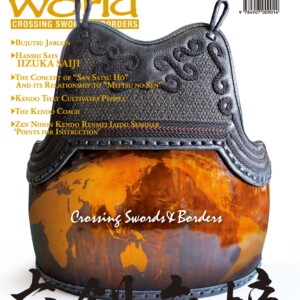
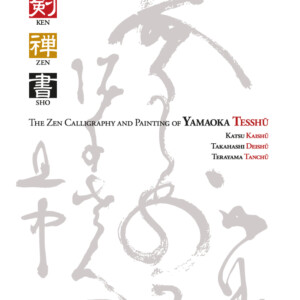

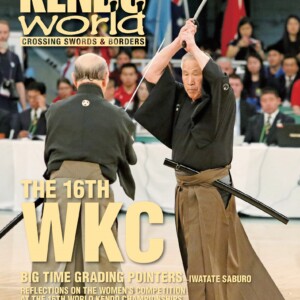
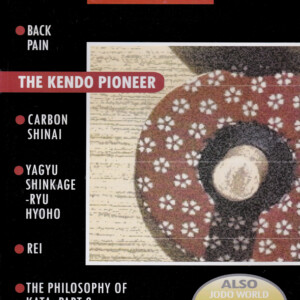
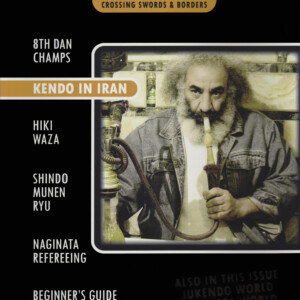
No comments yet.